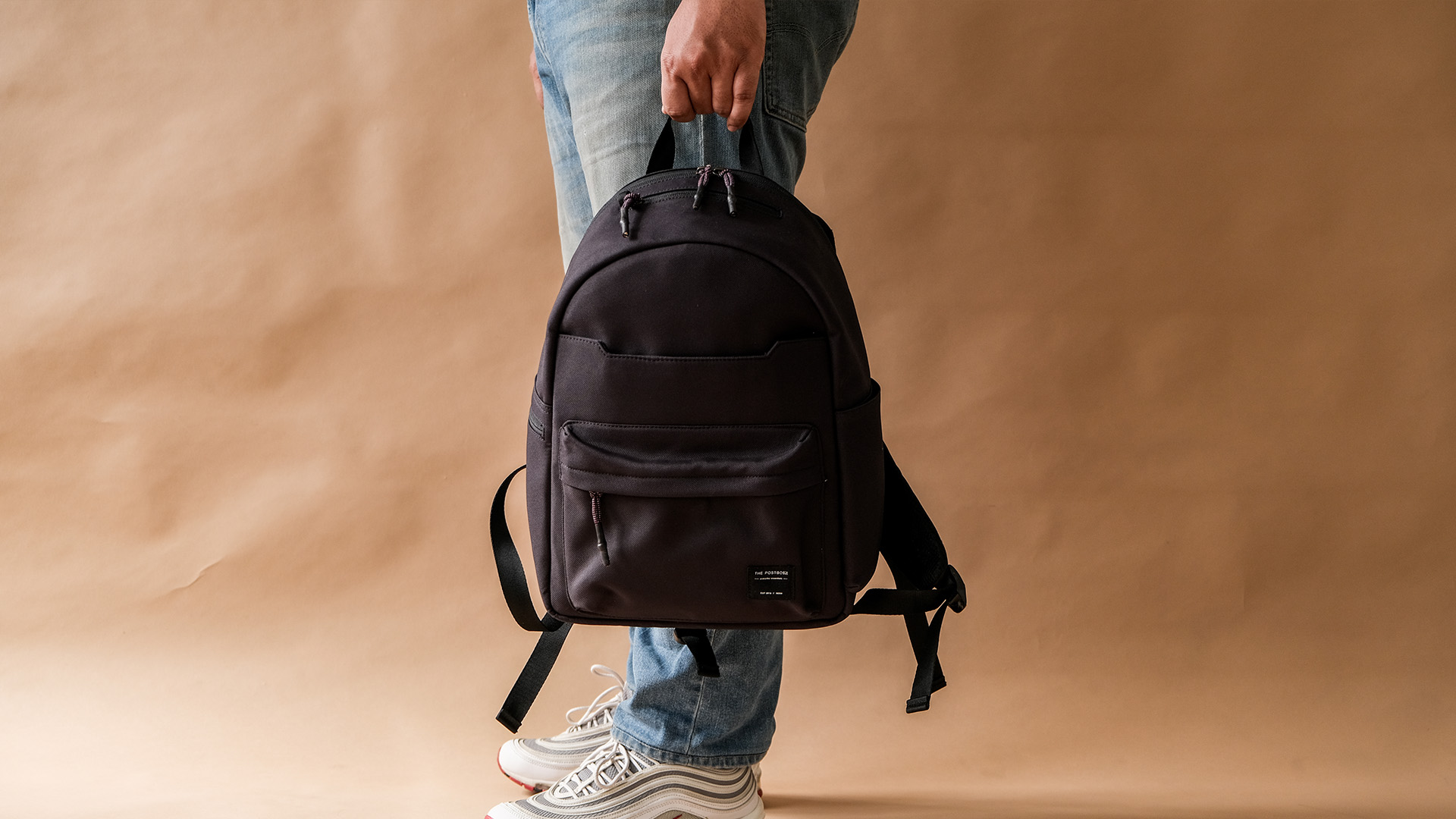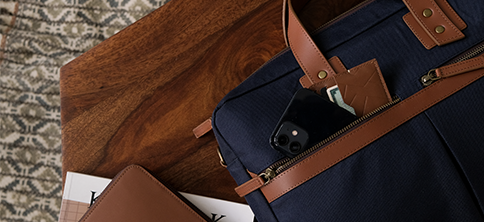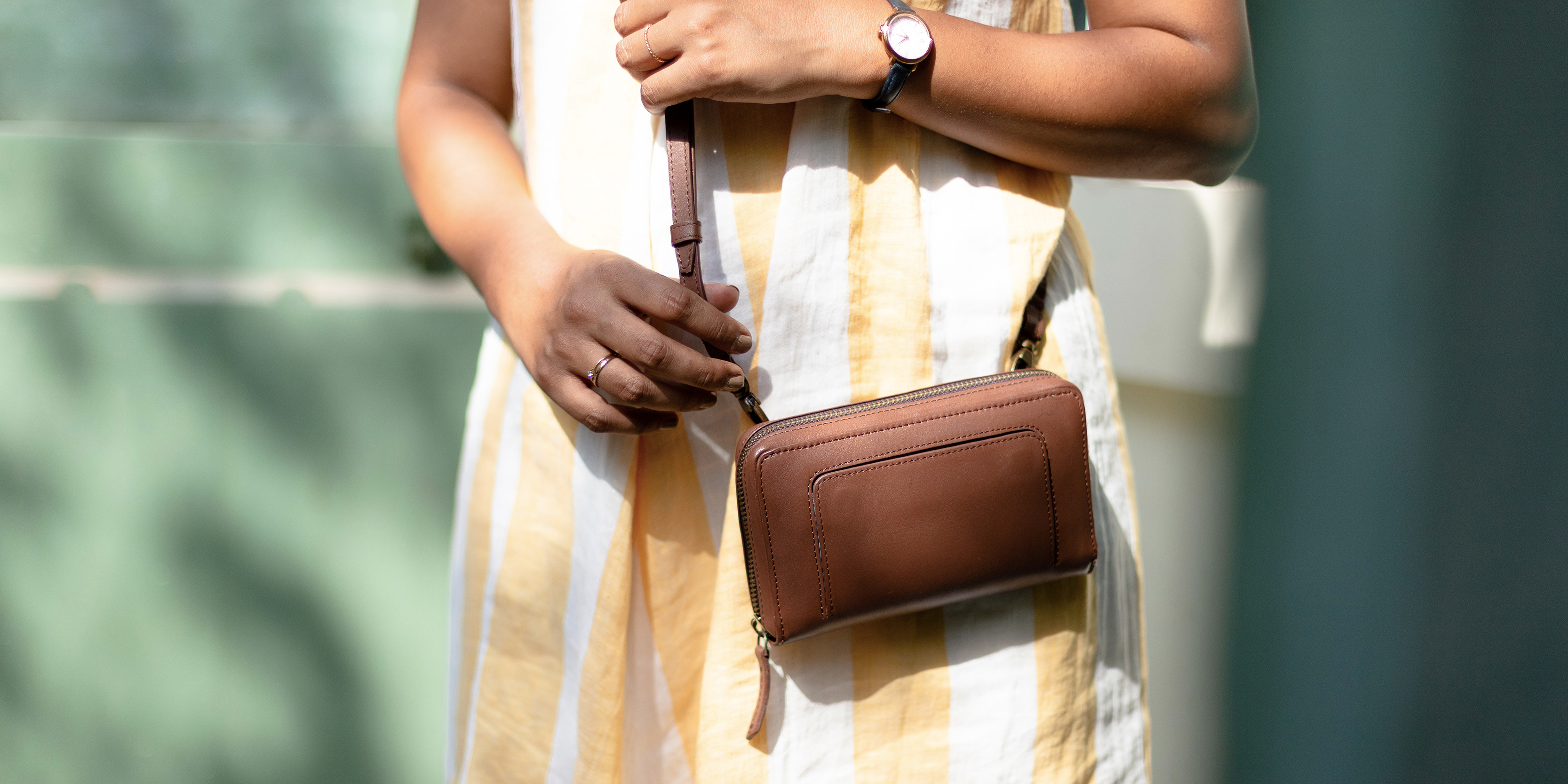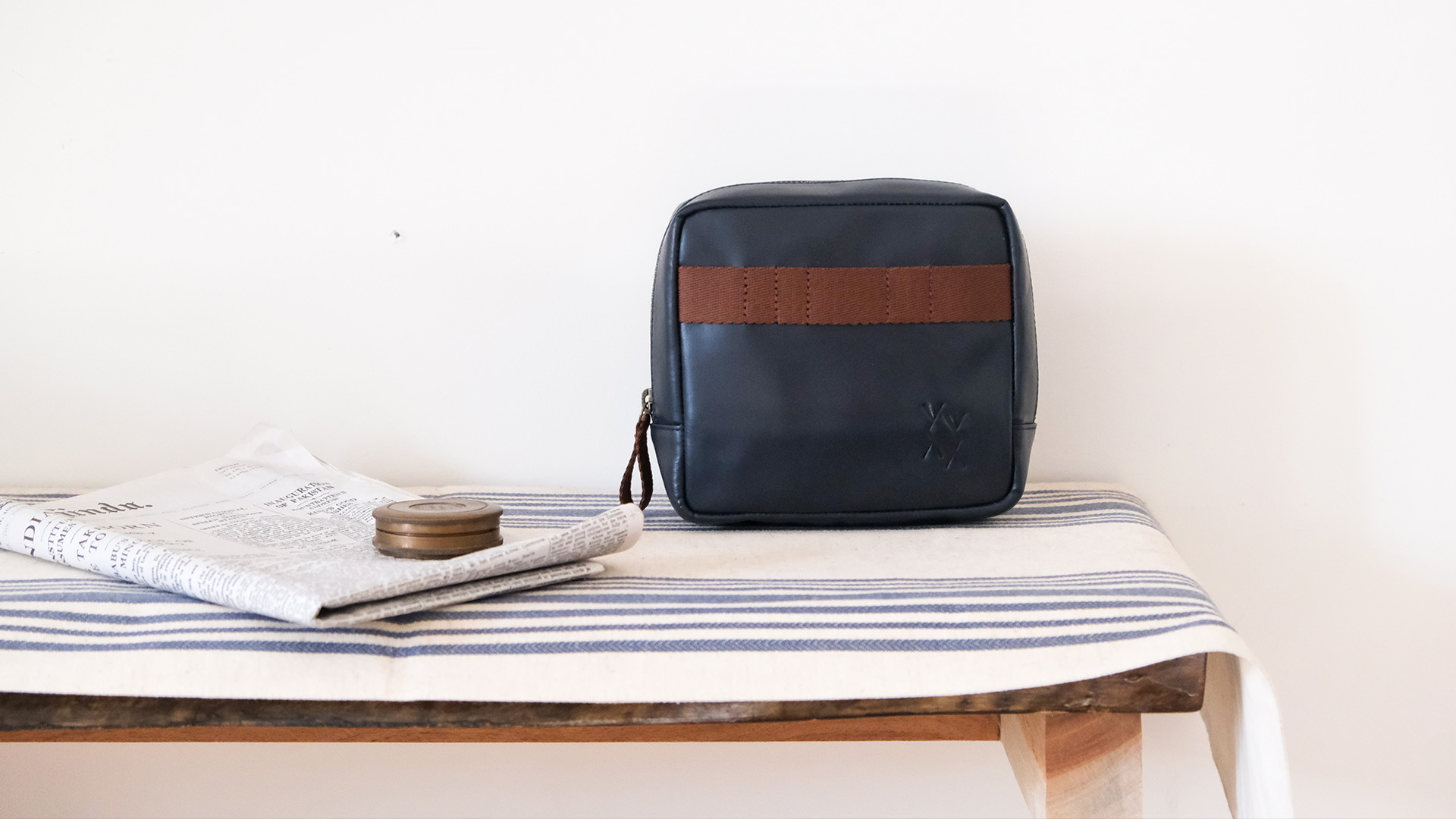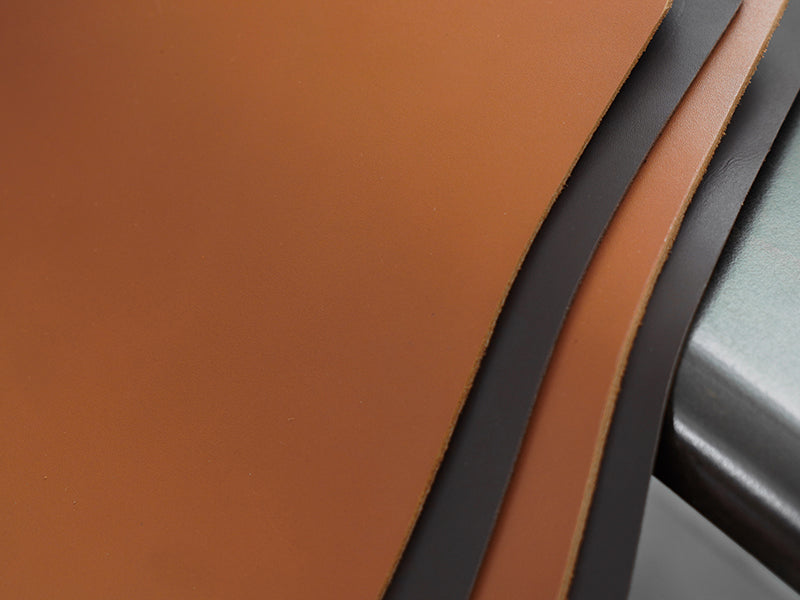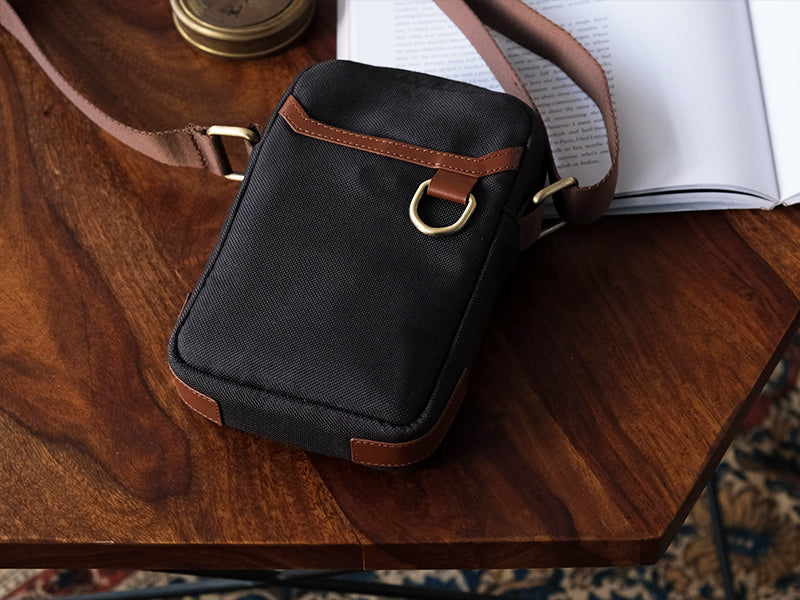Slow Living through Slow Pottery
Tell me something about Slow Pottery. What does it mean to you and how did it come into being?
Before I started Slow Pottery, I just kept dabbling with a lot of different things. I started my first brand Pigtails and Ponys in 2011, then I went into contemporary dancing, did a certification course in Yoga, and then started another brand called the Fabric Story. So in terms of activities I have done a lot of things. There was a lot of self doubt at that point of time and I wasn’t just happy to settle in on anything. So what I was trying to figure out in all these years was why I was getting attracted to certain things and letting go off some. The common thread in all the things I was touching upon was the concept of slow living. You end up meeting so many people through all of these activities and you realise certain people you resonate with more. So it was always this thread of wanting to live life a little mindfully. Slow living started off as a personal project, a personal initiative.

In fact pottery was the only thing that was never planned. Everything else was always planned. Which was fun. Because something manifested without me putting so much thought into it. It just happened by chance.
I had initially named my pottery brand ‘Pothead’. I knew it was going to garner a different kind of attention and it did! So in about 6 months I decided I had to change the name and as I was already researching about slow living so much, Slow Pottery just made sense. The thing about pottery is, you don’t consciously make it slow or fast. It is naturally slow. You can’t achieve anything if you try to hurry up any stage. So it felt very apt at that time.
When you ask me want it means to me, I’d say it is just an expression of what I want to express. I’ve chosen clay to do it right now, but maybe in the future I find something else to express myself with. And because it has so many challenges, and is so vast, there’s always something to express. That's also why I don’t think it is easy to switch off from pottery one day. It just has so much to offer! You suddenly find this part of yourself that you really start liking. Like you may just become a better human being.

What made you then want to switch to pottery. Was this before you went to Andretta to study pottery or was it as a consequence of Andretta?
Pottery was initially a vacation I wanted from everything I was doing in the city. I felt I wasn’t feeling grounded in life. I felt working with mud would be peaceful.
A lot of the students I get here, look at pottery as therapy. For me, more than it being about pottery, it was Himachal! I just wanted to go to Himachal! It is gorgeous. And I had to do something there. I came across Andretta and everything about it felt very doable. While in Himachal, I was still trying to keep my blog alive and trying to work on the Fabric Story. But eventually I put everything on pause and continued with pottery.
Once I was back home, I wasn’t very sure how serious I was with taking it forward. I decided to get a wheel and continue with what I had learnt. I decided if I stuck to it for a year, I would think about a profession in this. And yeah, I basically stuck on.
As a potter, how does your day typically begin at the studio?
Typically my day starts with me reaching the studio, making sure all the supplies are in place and everything is in order. I’m really particular about cleaning the space so I have to make sure everything is clean. I have to make tea and light my incense sticks and then I move on to my admin work. I can’t do my pottery unless I have my admin work sorted. 2 days a week I go to my teacher to learn. So that's how it has been lately.

The idea for this year however is to be able to work on my concepts every morning from 8am to 12pm and make use of that state of mind. I also have certain days allotted to creating content with my photographer and social media marketeer, Atul. So 2-3 days a month we work 8-10 hours on just ideating and curating content. And I really look forward to those days!
 A lot of what you do is never similar to what has already been done. How do you accumulate the knowledge you’ve learnt from a previously created piece into a newer piece which may not be similar to what you’ve already created?
A lot of what you do is never similar to what has already been done. How do you accumulate the knowledge you’ve learnt from a previously created piece into a newer piece which may not be similar to what you’ve already created?
In pottery, changing your form is not the hardest bit. The harder bit is to get one basic form and get it perfectly. And then changing its form is not as hard because the techniques are absolutely the same, you’re just moulding the clay in a different manner.
When you start with beginners, you always work with cylinders. And you never stop practicing cylinders ever because when you get a cylinder right, you get everything else. Now if I make a mistake in a cylinder, there’s more of a probability that I’ll make a mistake in a plate as well. And it could be the same mistake. But yes, there are certain forms that are more demanding in terms of skills and that just comes from practicing so much. The basics are the same, but you’ll do a few moves differently for different forms. One form always leads to the next.

 From what I’ve read, pottery seems to be something that demands resilience and persistent trial and error. Has it made you stronger in the face of adversity?
From what I’ve read, pottery seems to be something that demands resilience and persistent trial and error. Has it made you stronger in the face of adversity?
A big yes. If you’ve been in pottery for a substantial amount of time, you do start taking problems or looking at life a little differently. Things breaking is not a problem. And I see how breakage is taken so seriously everywhere, even other art forms. There is this need to try and fix things up.
I personally like to let things go instead of always holding onto them. Pottery takes you a step further with teaching you how to be okay with things breaking, and them not working out. For instance, with natural firing, you have very little control. There are so many nuances that you let nature do in its own way. 40% causality is normal. Say you make 10 pots, 4 of those breaking is a good firing! I’ve had a firing where 1 survived out of 40! And making those 40 pieces can easily take up to a month and a half and a lot of work, of course. So that happening took me about a day to cope with. And then I moved on to the next batch.
I think potters are just weird like that!
In a day if a normal human being can have 10 issues, potters have 20. So you just get okay with it. And when you’re going through a tough time in your own life, pottery helps. It humbles you. You realise you’re not as big as you think you are in your head. So you stay a bit more grounded.
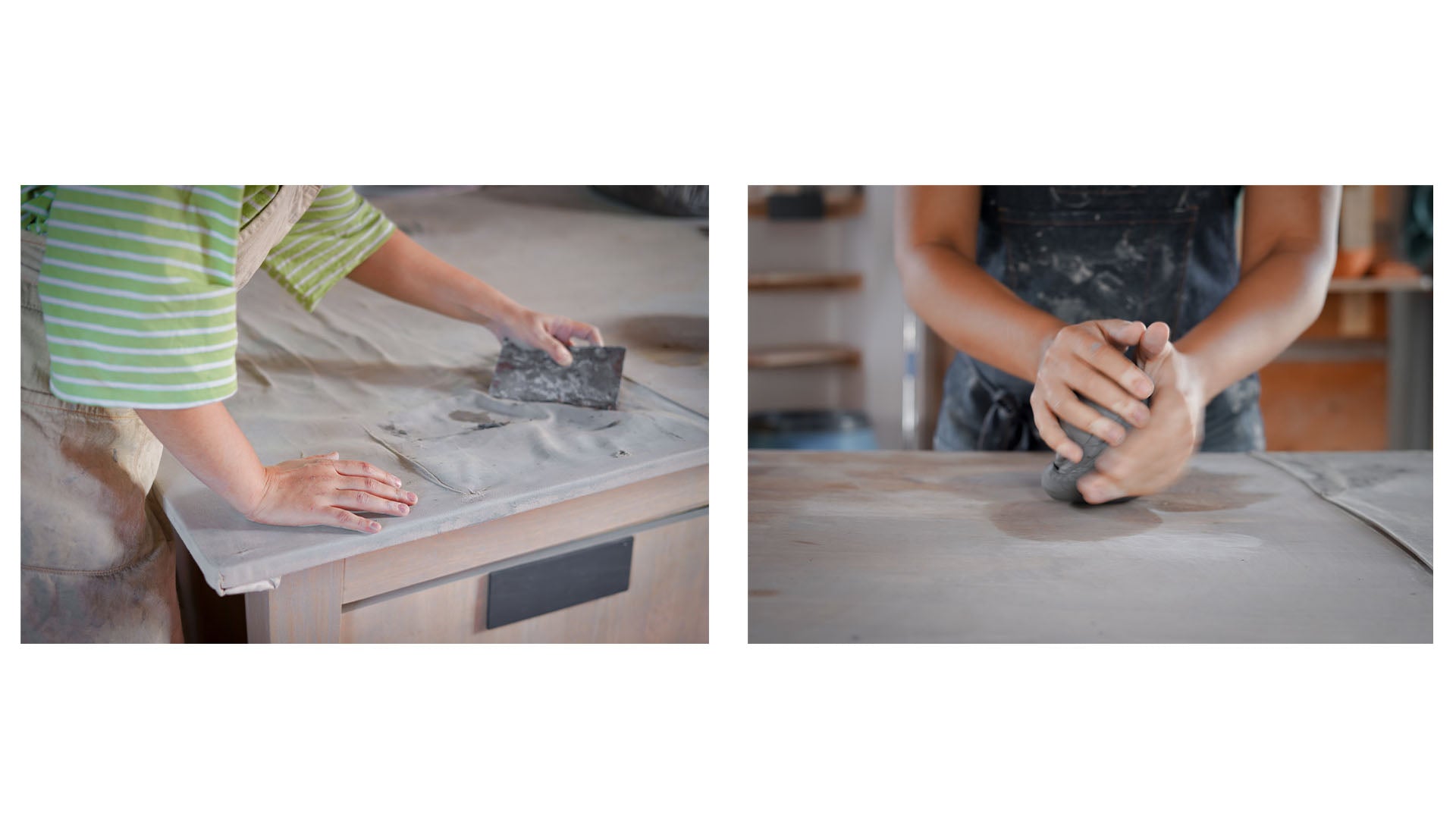 The outcome of your creations are not always obvious but also tend to grow on you. How do you then find an aesthetic and keep it constant through all of your work?
The outcome of your creations are not always obvious but also tend to grow on you. How do you then find an aesthetic and keep it constant through all of your work?
Figuring out your own style and aesthetic is going to change throughout your life. When you’re in this field of art, you realise that every six months, you’re a new person, you’re interested in new things. At the same time, if you keep putting in time, understanding what you are all about, you start realising that there are certain things you like. And that’s going to be your work. Obviously the constants can also change at a later date. But there is a common thread to who you are as a person and what your aesthetic is. It always resonates with every artist.
Now when it comes to pottery, it is tough to maintain what you want and get the same outcome. But it could also not just be because the process is slow. It could be because the supplier doesn’t have what you think is right. Assuming you’ve actually gotten this part, found all your supplies, equipment etc., even then, you have to have a lot of visuals on your side. Because your pot is not going to look like what you want it to look like eventually, in the first stage itself. It is initially going to look like a dark grey pot made with a certain clay.
 So what happens with a potter is, you don’t have control and that is something you accept when you take on the career. Which is why I say it is a humbling process. The thing is, a lot of the beauty also comes through accidents, it comes through not being so attached to your initial idea of what you want. So if you have a little idea in your head and go ahead with it, it might just look very similar to what you want. We give accidents a lot of credit. And that's another thing pottery teaches you - you don’t need to be so attached to your own designs and your own ideas.
So what happens with a potter is, you don’t have control and that is something you accept when you take on the career. Which is why I say it is a humbling process. The thing is, a lot of the beauty also comes through accidents, it comes through not being so attached to your initial idea of what you want. So if you have a little idea in your head and go ahead with it, it might just look very similar to what you want. We give accidents a lot of credit. And that's another thing pottery teaches you - you don’t need to be so attached to your own designs and your own ideas.
Pottery being a very therapeutic practice, are there moments during your workshops when you know you are helping someone mentally and emotionally?
I’ve always discussed this with fellow potters and friends. How do you deal with people who come to learn pottery as a therapeutic art form? It may be life changing or it could hurt them also, emotionally.
I give a lot of responsibility to the clay itself. I feel if the person who needs that therapy, just sits with clay, that’ll be good enough too because maybe the clay will take on that job. I may not be doing the best job as a teacher or the students around may not have the most calming effect on them, but clay itself sometimes has a lot of effect. Even people who are not coming for therapy, find it therapeutic. And those who are looking for therapy definitely find a space where they feel they can be at peace with this material. You definitely need to give it time though. Being relaxed is a prerequisite to being able to do pottery. And giving clay that time is definitely a prerequisite. Interestingly enough, whenever you don’t give yourself or the clay the time, you will stumble and fall. So till the time you don’t slow down, it will not happen.
 You’ve worked with clay for more than 5 years. Do you find a relationship between the raw material you work with and the human form?
You’ve worked with clay for more than 5 years. Do you find a relationship between the raw material you work with and the human form?
We are naturally the same elements that the clay is. The clay comes from under the earth, we’ve also come from nature. We go back to nature, the clay goes back to nature. When you are working with clay, you can feel that it has a mood of its own. It has a feeling of its own. The way you treat it before and after matters.
Before you start your class, you always do something known as the preparation of clay. Preparation of clay is you interacting with clay and trying to relate to it at a very human level. You understand its properties through personification.


Clay also has memory. So it behaves very closely to how we behave. If you’re not going to be nice to it, it is not going to be nice to you. If you slam it around badly, it will not work for you. When you keep your studio clean, your environment clean, consider your studio a very sacred space, you’ll see how your pots also behave in the same manner.
In fact, if you study body types in Ayurveda and then study clay pots, they’re made of the same things.
Does your mood reflect on the work you’ve created?
When you’re working with clay, it acts as a mirror to your own state of mind. If you’re not feeling so good and wondering why the clay is not working for you, its possibly because you’re not feeling very centred. When you centre the clay, you also get centred in that process. So everything you do with the clay and everything you do to the clay goes both ways. It can be your companion or it can become your enemy.
It took millions of years for something to become clay and that’s a lot of energy that you’re tapping into. So it’s bound to have an effect on you as a human being.
 What next for slow pottery.
What next for slow pottery.
This is a very exciting question.
The one thing I’ve been really looking forward to is coming up with my own studio space. So through Slow Pottery I also want to come up with my own artist name. When you’re working on your own concepts is when you figure out the things you don’t know. I’m looking forward to learning new skills to be able to execute it. So that’s what’s exciting to me right now.
One other thing we’re starting this year is the Sunday pop ups. Every month, one Sunday, we’ll have a pop up which will be experience based.
Another very big project is that my partner and I are constructing a pottery studio at a mango farm near Chitoor, called Velanga Orchard.
As cliche as it sounds, when you get into pottery for a few years, you just want to get some space to be able to work with clay, alone. There is too much noise and distractions and everything is just too demanding. I definitely want to see what farm pottery does to me.

Since you’ve got vast experience across two business and now running your third, what advice do you have to entrepreneurs to manifest an idea into existence in today’s world?
You can’t just learn a skill and become a self sufficient artist without any craft entrepreneurship skills. I think it’s about an attitude. A good artist is not always a good entrepreneur. You have to understand that you have to learn certain skills of an entrepreneur. There is a very different attitude towards life when you’re an entrepreneur. You don’t look at things from a 9am to 5pm schedule. You’re working at all times. Some people take on entrepreneurship because they’re trying to get away from their work. People think entrepreneurship is going to give them a little freedom from their jobs and it is absolutely not true. Entrepreneurship has way more work, requires way more emotional strength, mental strength, courage to keep going on and at the same time, very fulfilling.
A big advice would be that you are responsible for your own self. Don’t look at anybody for help. You are the only person accountable. That sort of accountability and responsibility is what an entrepreneur takes on when he or she starts a brand. The brand is not just something you make money out of. It’s a space, a product, a personality.
If you just have this attitude of wanting to learn more in life, I think you’re fine. That I think is really needed. That all day everyday you feel like you don’t know anything. At any point you think you know too much you’re going to see a downfall very soon.


